Introduction to Philodendron mayoi
Philodendron mayoi is an intriguing and beautiful tropical plant that belongs to the Araceae family. This exotic species has gained popularity among houseplant enthusiasts and collectors for its striking appearance and relatively easy care requirements. In this comprehensive guide, we will delve into the origins, features, care, and benefits of Philodendron mayoi.
Origins and Habitat
Philodendron mayoi hails from the lush tropical rainforests of Brazil, particularly the regions of Espírito Santo and Rio de Janeiro. It thrives in the dense undergrowth, often climbing tree trunks and other structures to reach sunlight. This plant’s natural habitat provides the perfect environment for its growth, with high levels of humidity and indirect light filtering through the canopy.
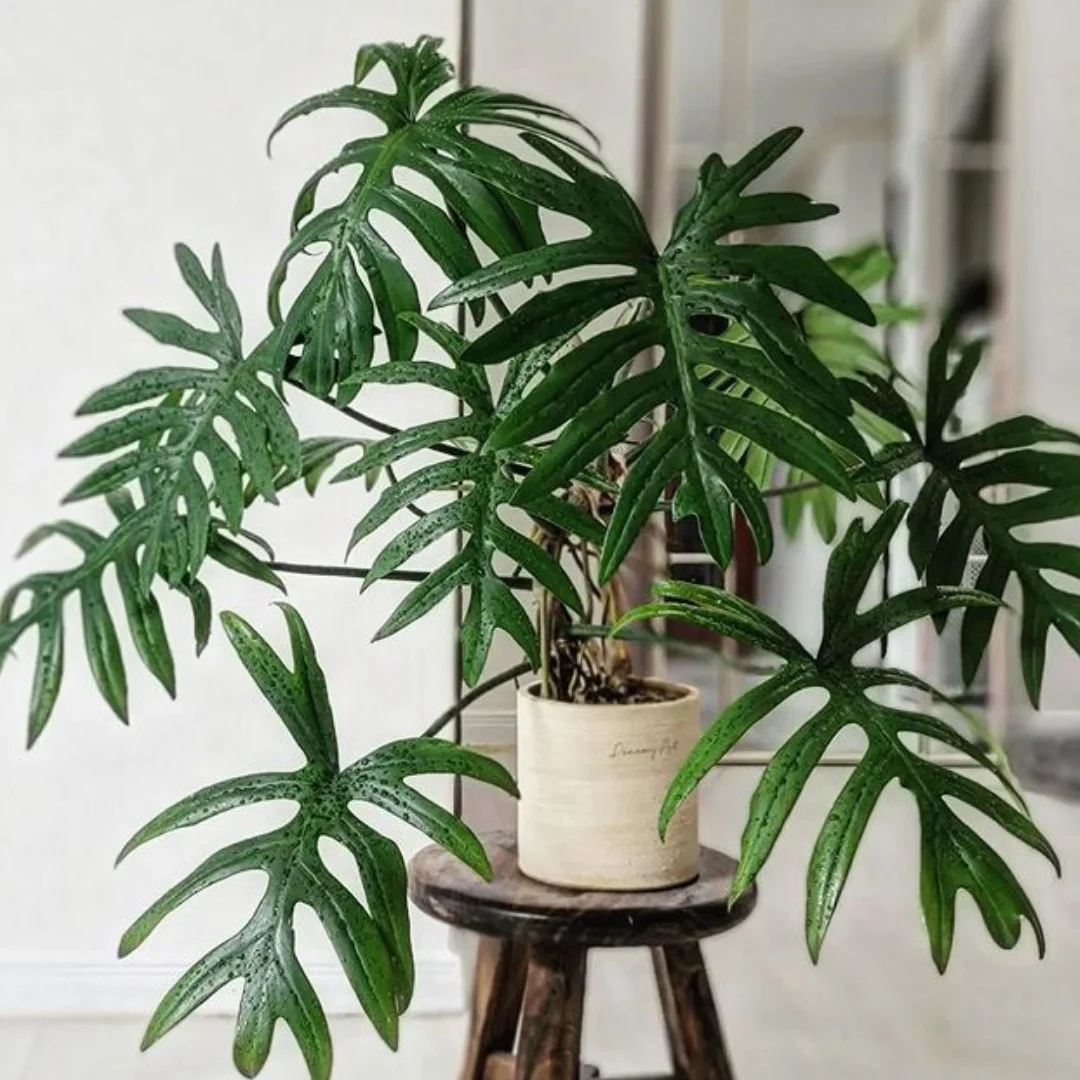
Description and Features
-
Leaves
The leaves of Philodendron mayoi are its most striking feature, boasting a unique elongated, heart-shaped form with deeply lobed edges. These vibrant green leaves can reach lengths of up to 20 inches, while their width varies from 4 to 8 inches. The leaves’ underside exhibits a paler shade of green, contrasting beautifully with the dark green upper surface.
-
Stem
The stem of Philodendron mayoi is slender and sturdy, capable of supporting the plant as it climbs towards sunlight. This climbing habit makes it an excellent choice for adding vertical interest to indoor spaces. The aerial roots that emerge from the stem also contribute to the plant’s adaptability and resilience.
-
Inflorescence
Philodendron mayoi produces a unique inflorescence structure called a spathe and spadix. The spathe, a modified leaf, wraps around the spadix, a columnar structure that bears the plant’s small flowers. This inflorescence is typically green or cream-colored and appears less frequently when the plant is grown indoors.
How to Grow Philodendron mayoi
-
Soil and Potting Mix
This tropical plant prefers a well-draining, rich potting mix that mimics its native rainforest environment. A combination of peat moss, perlite, and orchid bark is an excellent choice, allowing for proper aeration and moisture retention. To learn more about the best soil mixtures for Philodendrons, you can refer to our extensive guide
-
Light Requirements
Philodendron mayoi thrives in bright, indirect light. In its natural habitat, the plant receives dappled sunlight filtered through the canopy. To replicate this, place it near an east or west-facing window or use a sheer curtain to diffuse the sunlight.
-
Watering
Maintaining consistent moisture is crucial for Philodendron mayoi. Water the plant thoroughly, allowing the top inch of soil to dry out between waterings. Overwatering can lead to root rot and other issues, so it’s essential to monitor the soil moisture and adjust your watering schedule accordingly. This watering method is also suitable for Monstera and Aglaonema.
-
Temperature and Humidity
Philodendron mayoi appreciates a warm and humid environment, with temperatures ranging between 65°F and 85°F (18°C and 29°C). It is not cold-hardy and should be protected from drafts and sudden temperature fluctuations. To maintain adequate humidity, use a pebble tray, humidifier, or frequently mist the leaves. Syngonium and Epipremnum plants also prefer similar humidity levels.
-
Fertilizing
Feeding your Philodendron mayoi is essential for its growth and overall health. Use a balanced, water-soluble fertilizer, diluted to half strength, every 4-6 weeks during the growing season (spring and summer). In the fall and winter, reduce fertilization to every 8-10 weeks.
This fertilization method is also suitable for Homalomena and Colocasia.
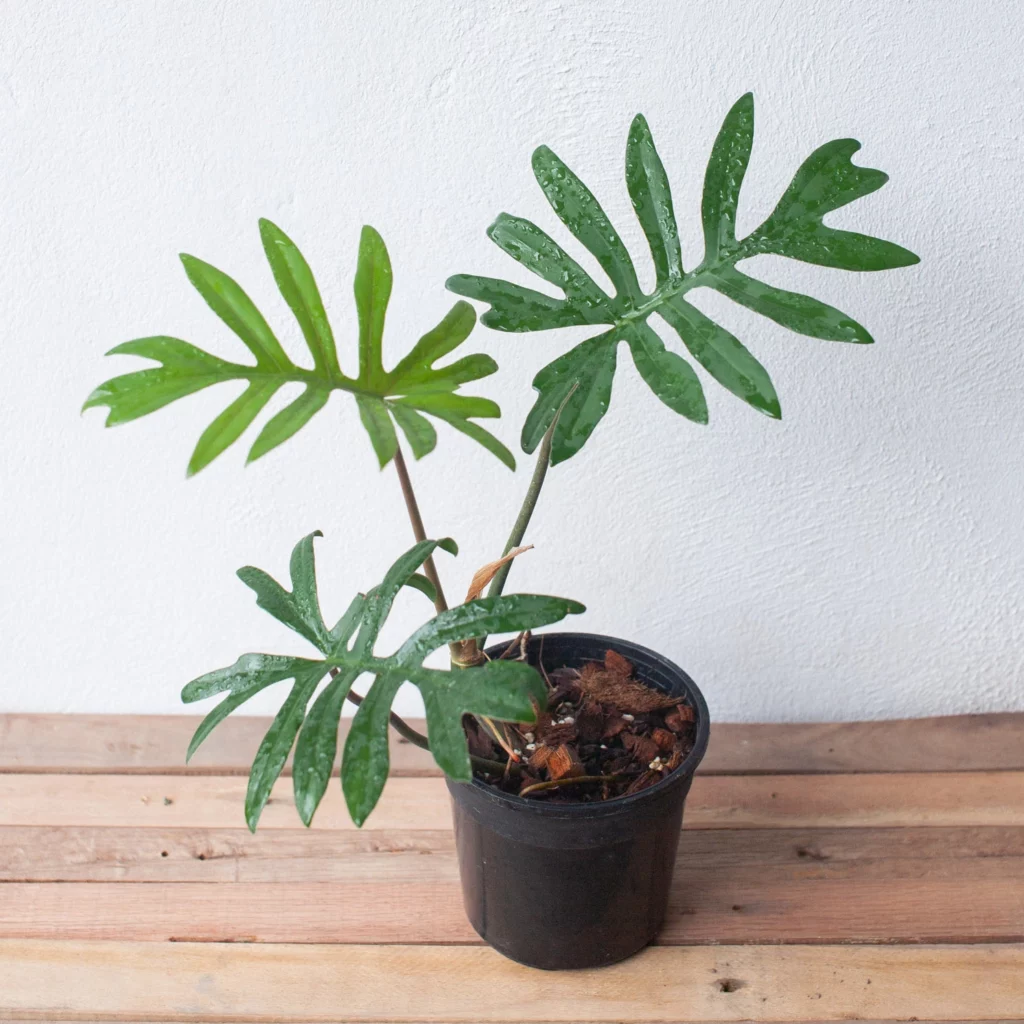
Philodendron species are the most sought after by aroid plant lovers
Propagation Methods
Philodendron mayoi can be propagated through stem cuttings or air layering. To propagate by stem cuttings, select a healthy stem with at least one leaf and a few aerial roots. Make a clean cut below a node and place the cutting in water or moist potting mix. Keep the cutting in a warm, bright location, and roots should develop within a few weeks.
Common Pests and Diseases
Pests
Philodendron mayoi can be susceptible to common pests like mealybugs, spider mites, and scale insects. Regularly inspect your plant for signs of infestation and treat promptly with insecticidal soap or neem oil. These pest control methods are also effective for plants like Dischidia and Fern (Platycerium).
Diseases
Overwatering or poor drainage can lead to root rot and fungal diseases. Ensure your plant is potted in a well-draining soil mix and avoid letting it sit in water.
Benefits of Philodendron mayoi
Aside from its eye-catching appearance, Philodendron mayoi offers several benefits. As an air-purifying plant, it helps remove pollutants from indoor environments, contributing to cleaner air. Additionally, its unique climbing growth habit adds visual interest and can be a stunning focal point in any room.
Conclusion
Philodendron mayoi is a captivating tropical plant with a striking appearance and relatively low-maintenance requirements. By understanding its origins and providing the proper care, you can enjoy this exotic addition to your indoor plant collection for years to come.
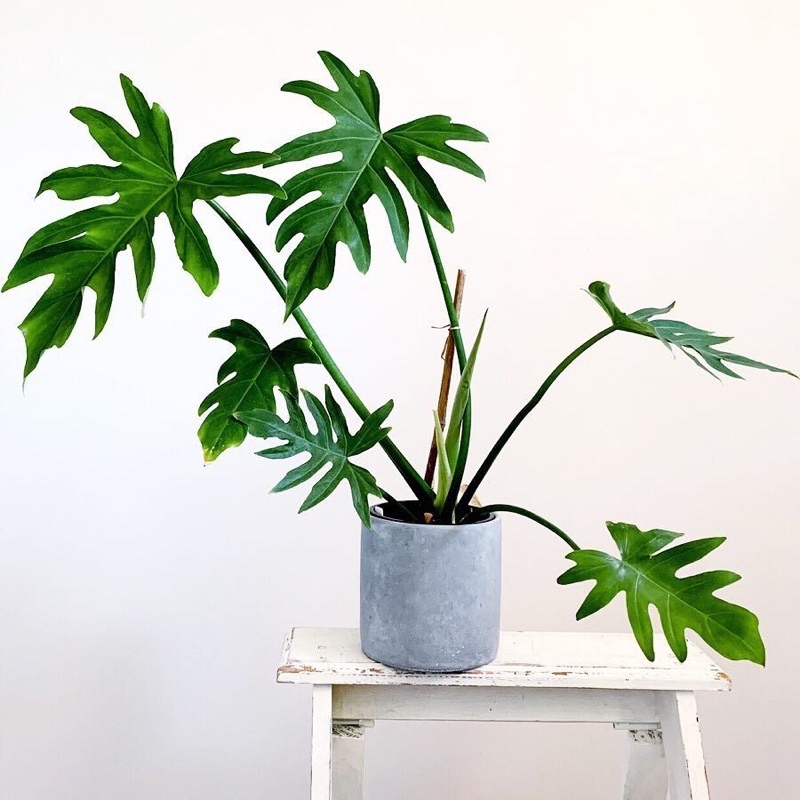
FAQs
- Is Philodendron mayoi toxic to pets? Yes, like many members of the Philodendron genus, Philodendron mayoi contains calcium oxalate crystals, which can cause irritation and digestive issues if ingested. Keep this plant out of reach of pets and small children.
- How fast does Philodendron mayoi grow? With proper care, Philodendron mayoi can exhibit moderate to fast growth. Factors such as light, humidity, and fertilization can significantly impact the plant’s growth rate.
- Can Philodendron mayoi be grown outdoors? In regions with a suitable climate (USDA Hardiness Zones 10-11), Philodendron mayoi can be grown outdoors. However, it should be placed in a sheltered location with dappled sunlight and protection from cold temperatures.
- Do I need to prune my Philodendron mayoi? Pruning is not essential but can be beneficial for maintaining the plant’s shape and size. Regularly trim any yellowing or damaged leaves to encourage healthy growth.
- How can I encourage more branching in my Philodendron mayoi? To promote branching, pinch back the growing tips of your plant. This will encourage lateral growth and result in a bushier appearance.

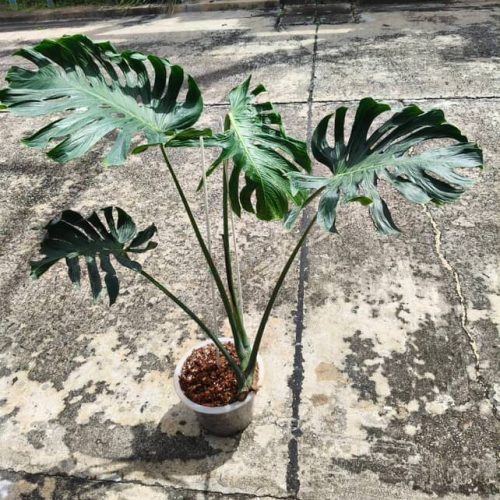
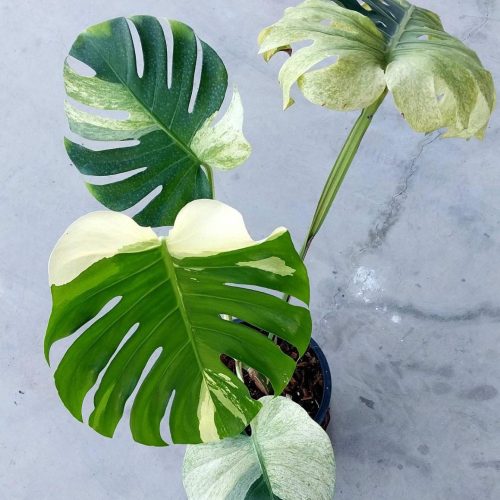



![12x Monstera Borsigiana Albo half leaves variegata [3-4 leaves]](https://greenboog.com/wp-content/uploads/2024/10/Monstera-Borsigiana-Albo-half-leaves-variegata-1-500x500.jpg)
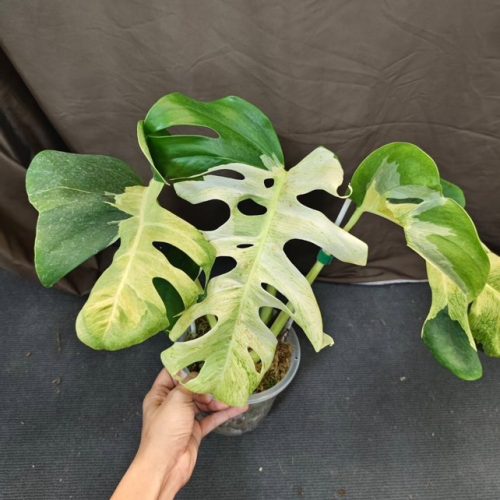

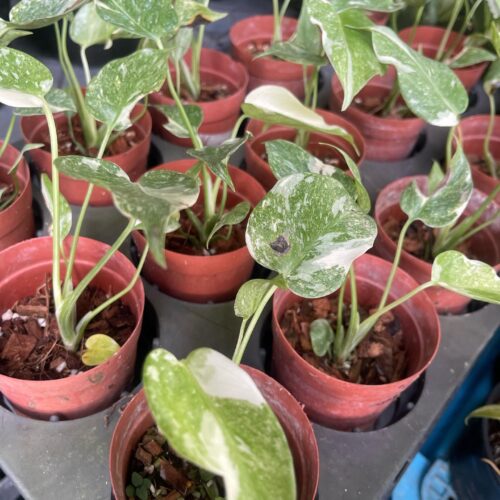
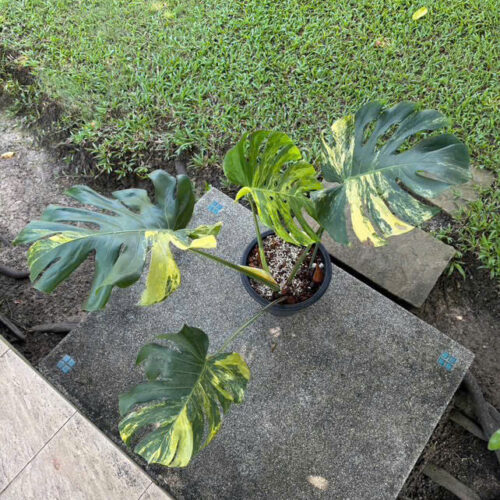
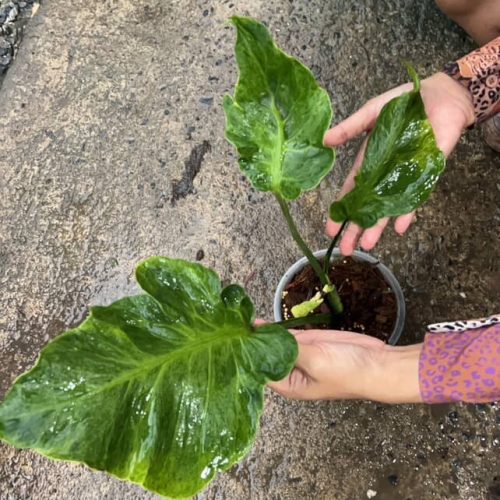
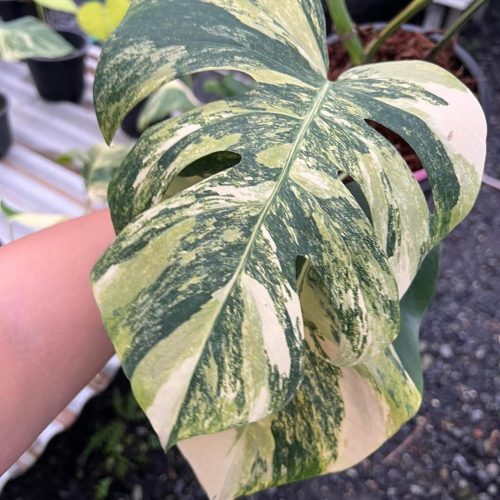

![10 Pots x Monstera Aurea Variegated / Mix Aurea tri color 3-4 leaves [well variegated]](https://greenboog.com/wp-content/uploads/2024/08/Monstera-Aurea-Tri-color-500x500.jpg)

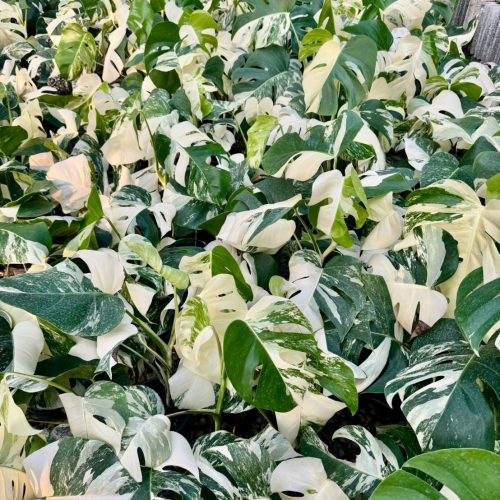
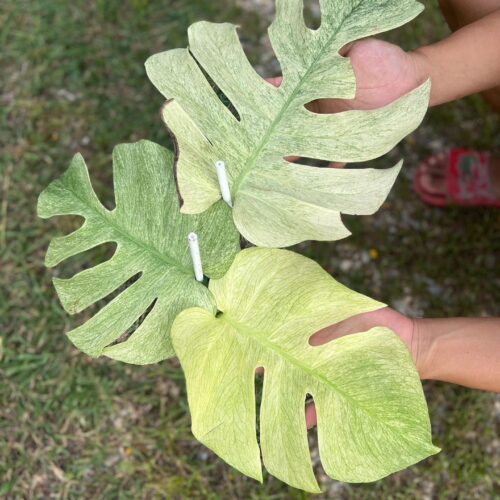
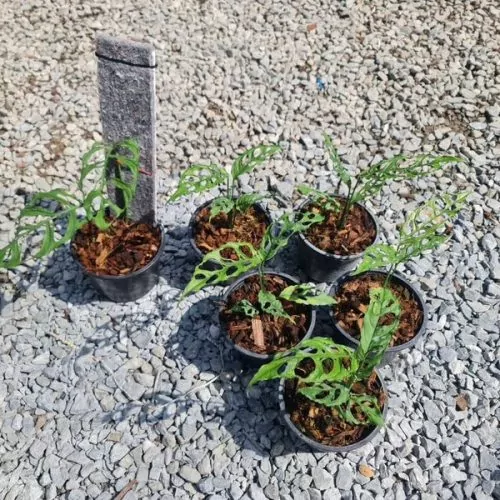
![[SALE] 10 Pots x Monstera Aurea Variegated 3-6 leaves [Medium size]](https://greenboog.com/wp-content/uploads/2025/01/Monstera-Aurea-variegated-4-6-leafs-500x482.jpg)





















